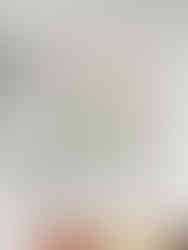Northumberland - Long awaited
- cdiscoverytrail
- Apr 9
- 2 min read

Since starting The Cartographic Arts the most popular request for a map has certainly been Northumberland. Despite being one of the most rural and least populated county's in England, the reverence in which it is held by those that live and have lived there is clearly high.
It's not often that a day on a market stall somewhere won't yield the question of "have you got Northumberland"?
So I am extremely pleased to finally have completed my Northumberland county and Northumberland National Park maps.
The county is varied in landscape from the mountainous Cheviot Hills on the Scottish border to large swaths of woodland in the west under the banner of the Kielder Forest Park, which was largely planted in the 1920's, converting some of the counties extensive moorland. There is the Dales of the North Pennines in the south and the extensive coastline and flat costal plan in the east.
Northumberland is the least densely populated county in England with the largest settlement being Blyth in the south east near the border with Tyne and Wear.
It's not a difficult argument to make that the most impressive historical monument is Hadrian's Wall with its plethora of surviving wall sections, turrets, forts and temples. Many of these, along with Hadrians Wall Path are marked and plotted on the map. The Romans left their mark across Northumberland which I have tried to represent by plotting the course of the Roman roads across the area including the Devil's Causeway, Stanegate and Dere Street.
I have added a few little idosycrasies to the maps of cultural significance that I have not used before. One is the county flag, just elegantly added at the bottom and I have used the pattern of Northumberland tartan in the design of the maps border, which I hope will add significant value to the map for those that hold Northumberland close to their heart.
As always the original artwork is the larger detailed maps, packed full of detail. The smaller 'mini maps' are created after by removing a certain amount of detail to allow them to work at smaller sizes.






Comentarios